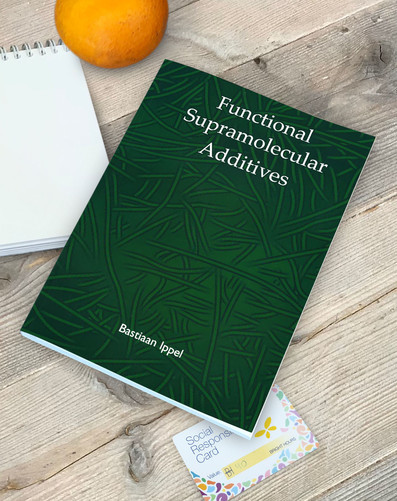
The future of vascular access will revolve around the development of living vascular substitutes that are designed specifically for dialysis purposes and are able to grow, adapt and repair in the dynamic environment in the patient. Amongst different approaches, in situ tissue engineering features the implantation of a cell-free, but functional synthetic graft, that is remodelled by the patients own cells into living vascular tissue. To gain more insight into which cells play the most pivotal roles during the remodelling phase, and furthermore to assist in attracting and stimulating these cells, more control over the interactions between the synthetic graft material and the patients tissue is required. These improvements may be especially relevant in diseased conditions. In a multifaceted design, the functionalization of the synthetic biomaterials used for the graft with both antifouling and bio-active peptides is hypothesized to allow for the much-needed control.
The results presented in this thesis have given new insights in the efficacy of bioactivation via supramolecular functionalization strategies. Through careful engineering of additives, the next generation of vascular grafts will possess improved control over cell-material interactions, which will aid in improving the in situ regeneration of vascular scaffolds.
Download Thesis